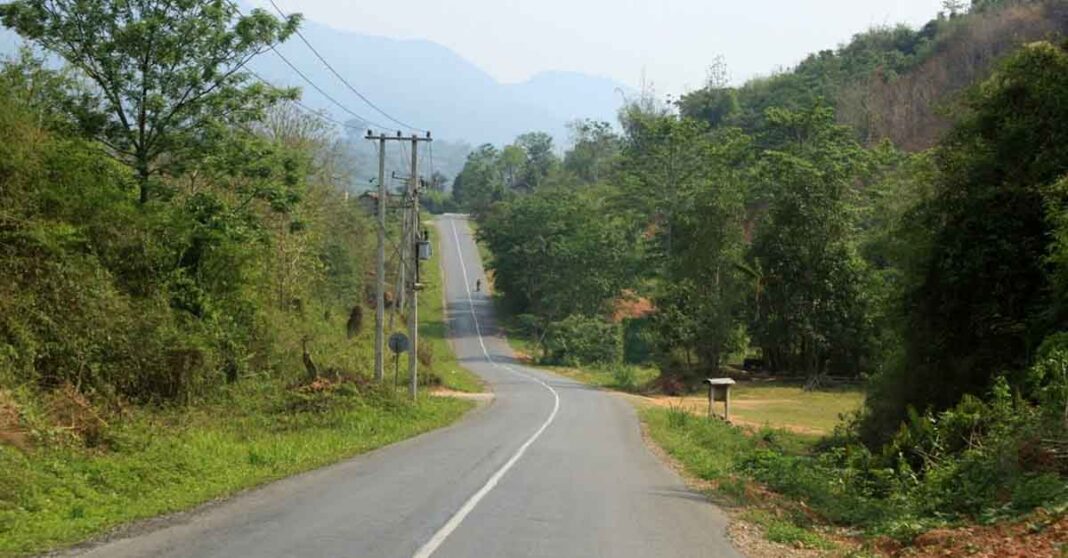The World Bank’s Board of Executive Directors has authorized a USD 132 million project to boost climate-resilient transport connections and regional commerce along an east-west route in northern Laos.
The Southeast Asia Regional Economic Corridor and Connectivity Project is designed to complement the Association of Southeast Asian Nations (ASEAN) Master Plan on Connectivity.
The new project will upgrade Lao National Road 2, which runs from east to west, connecting Thailand, Laos, and Vietnam, thus building a “horizontal” corridor that links with existing north-south routes in mainland Southeast Asia.
Other activities include the development of dry ports, marketplaces, trucking terminals, and locations where farmers can bring their produce for transport to national and foreign markets. The upgraded road’s design will protect it from storms, floods, and landslides which are becoming more frequent because of climate change.
“It is vital that local people and communities have the chance to access large-scale transport investments and use them for their own economic benefit,” said Alex Kremer, World Bank Laos Country Manager.
“The Regional Economic Corridor project will not only upgrade a key regional road but will also help people produce goods and access markets.”
National Road 2 is a section of Asian Highway 13 and runs for almost 300 km from the Thai border at Huai Kone-Nam Ngeun to the Vietnamese border at Panghok-Tay Trang. It bisects the new Laos-China Railway in Oudomxay Province, creating the potential for transport connectivity between China, Laos, Thailand, and Vietnam.
The project will improve and widen sections of the road to meet Asian highway standards, making the road safer and climate-resilient.
A similar approach will be used to upgrade connecting local roads in the provinces of Luang Namtha, Luang Prabang, Oudomxay, Phongsaly, and Xayaboury. At the same time, separate project components will focus on improving border crossing facilities — including digitization of cross-border business processes for border clearance efficiency, and strengthening institutional capacity and regulatory frameworks for agricultural trade, transport, and investment planning at national and provincial levels.
A major aim of the project is to improve the ability of local smallholders to produce goods that can be traded via the new transport networks and take advantage of regional connections. At the same time, project teams will tour communities living along project roads to give information campaigns on human trafficking; communicable diseases; road safety; and sexual exploitation, abuse, and harassment.
The project will be implemented by the Lao Ministry of Public Works and Transport, with support from provincial administrations and the Ministries of Finance, Agriculture and Forestry, and Investment and Commerce.
Australia is to provide 10 million Australian dollars of parallel financing, with the project expected to be completed in May 2028.



